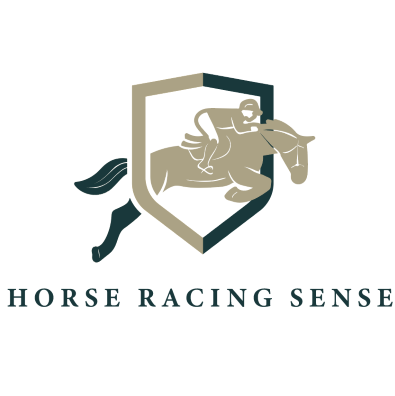Last updated: June 8, 2025
As someone who has worked closely with many horse breeds over the years, few have ever left a lasting impression like the Friesian horse breed. With their flowing black manes, proud arched necks, and powerful yet elegant movement, Friesians look like they stepped straight out of a storybook — and into reality.
But the Friesian’s appeal isn’t just skin deep. This breed has a legacy that stretches back over a thousand years, from carrying medieval knights into battle to dazzling modern audiences in Hollywood films. Today, Friesians are beloved for their versatility, charisma, and timeless beauty.
In this guide, I’ll walk you through everything you need to know about the Friesian horse — from its fascinating history and iconic characteristics to its special care needs and why it continues to capture hearts around the world.

A Legacy Through the Ages: History and Origins
The Friesian horse has a long and distinguished history. One of the oldest domesticated breeds in Europe, it traces its roots back to the province of Friesland in the northern Netherlands. Historical accounts suggest that Friesian troops rode these powerful horses as early as the 4th century. By the 11th century, knights—possibly including William the Conqueror—were depicted riding horses strikingly similar to the modern Friesian.
During the Middle Ages, Friesians were prized for their strength and stamina, making them ideal for carrying heavily armored knights into battle—part of a broader tradition of horse breeds historically bred for warfare. The breed’s development was influenced by Arabian horses, whose bloodlines helped shape many European warhorse breeds, including the ancestors of the Friesian (Arabian Horse Breed Profile).
In the 16th and 17th centuries, Andalusian bloodlines introduced greater agility and elegance, influencing the Friesian’s suitability for both urban carriage work and classical riding traditions such as haute école.
By the 18th and 19th centuries, Friesians had transitioned from warhorses to popular trotting and harness horses across Europe. However, by the early 1900s, the breed faced serious decline, with only 15 approved Friesian stallions remaining in Friesland. Although Dutch settlers had brought Friesians to North America during the 17th century, crossbreeding eroded the pure bloodlines until dedicated breeders reintroduced them in the 1970s.

The Friesian horse as we know it today officially took shape in 1879 with the founding of the Friesch Paarden Stamboek (FPS), the first studbook dedicated to preserving the breed. Later renamed the Koninklijke Vereniging “Het Friesch Paarden-Stamboek” (KFPS), or Royal Association of the Friesian Horse Studbook, this organization remains the leading authority on Friesian breeding worldwide.
In North America, the Friesian Horse Association of North America (FHANA) safeguards the breed’s future across the United States and Canada. Note: Friesians also thrive in Australia and South Africa, competing in dressage and exhibitions.
| Year | Event |
|---|---|
| 4th Century | Friesian troops ride their own horses |
| 11th Century | Knights depicted riding Friesian-type horses |
| 16th–17th Centuries | Andalusian horses influence Friesian bloodlines |
| 18th–19th Centuries | Friesians popular as trotting and harness horses |
| 1879 | Official studbook founded (FPS/KFPS) |
| Early 20th Century | Only a handful of approved stallions remain |
| 1970s | Friesians reintroduced to North America |
From medieval battlefields to modern arenas, Friesians have remained a lasting symbol of strength, elegance, and resilience. But what exactly gives them such an unforgettable presence? Let’s take a closer look.
The Standard Bearers: Breeding and Registry Standards
The Friesian horse’s iconic appearance and temperament are safeguarded through meticulous breeding standards enforced by the Royal Friesian Horse Studbook (KFPS). This registry, headquartered in the Netherlands, works closely with international affiliates like FHANA to maintain consistency across the globe. This rigorous approach has been crucial in preserving the breed’s distinct characteristics and genetic purity since its near extinction.
Color Purity
Only solid black coats are accepted for KFPS registration, with the exception of a single small white star on the forehead. Chestnut-colored foals, while possible due to a recessive gene, are not accepted into the main studbook and are actively culled from breeding programs to preserve uniformity.
Conformation & Movement Standards
Every registered Friesian must pass rigorous inspections (“keurings”) for ideal conformation, powerful gaits, and athleticism. Mares and geldings must measure at least 15 hands at maturity, while stallions must stand a minimum of 15.3 hands by four years of age, adhering to KFPS height requirements. Horses are judged for structural soundness, symmetry, and expressive, powerful gaits.
Temperament Standards
Friesians are also assessed for a willing and cooperative nature to preserve the breed’s “gentle giant” reputation. This key criterion ensures a calm, trainable, and people-oriented disposition.
Genetic Health Standards
Mandatory DNA testing is in place to screen for specific conditions like dwarfism and hydrocephalus carriers. Only stallions who pass extensive veterinary checks and genetic screenings may enter the breeding program, actively mitigating inheritable disorders and promoting overall breed health.
Global Oversight
The KFPS works with international affiliates (like FHANA in North America) to uphold consistent standards worldwide through regular inspections and studbook management, ensuring the global integrity of the breed.
This disciplined approach has helped restore Friesians from the brink of extinction and ensures each registered horse reflects the breed’s elegance, athleticism, and sound character.
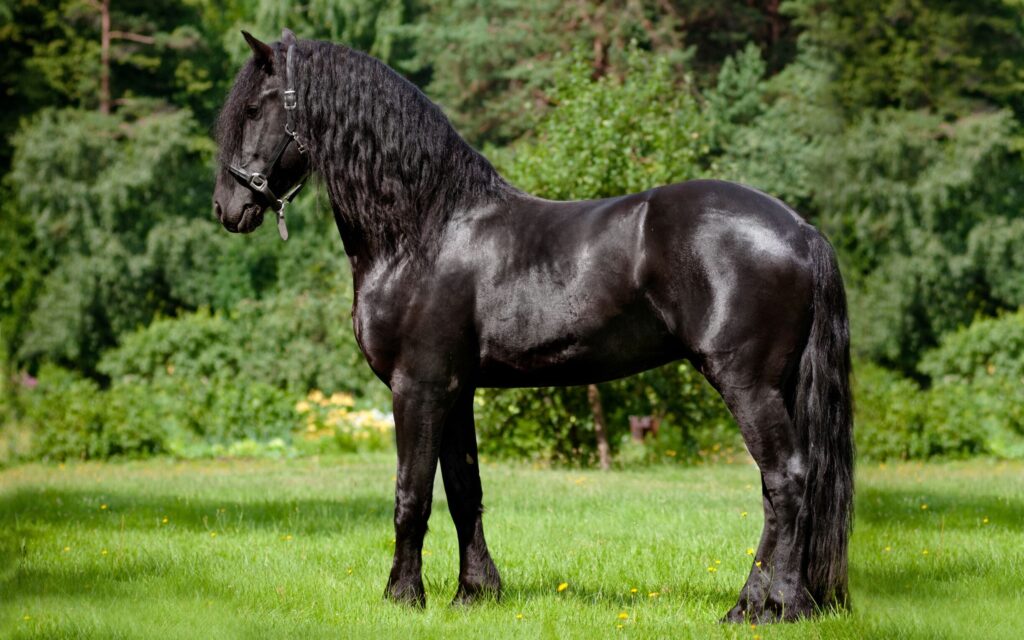
Distinctive Elegance: Breed Characteristics and Conformation
Friesian horses are unmistakable for their regal bearing, powerful movement, and all-black beauty. Selective breeding has emphasized not just looks, but soundness and suitability for various equestrian disciplines.
Height and Build:
Friesians typically stand between 15.2 and 16 hands, with some individuals reaching 17 hands. They boast a powerful and well-balanced build, with proportions designed for optimal performance.
Color and Markings:
Today’s Friesians are predominantly solid black. Their striking appearance is often enhanced by their long, flowing mane and tail—often reaching the ground—and heavy feathering over the lower legs. While Friesians are famous for their luxurious hair, they are not the only horses with feathered feet; several breeds share this characteristic, often requiring diligent grooming to maintain skin health.
Conformation Highlights:
The ideal Friesian has an expressive head, characterized by small, alert ears, large eyes, and wide nostrils. Their high-set, arched neck flows into a broad chest, a strong, moderately short back, and sloping, muscular hindquarters. Their legs are straight, substantial, and end in wide, durable hooves, providing a robust skeletal structure, sometimes referred to as “good bone,” which is essential for carrying their larger frames without strain. These physical traits reflect classic equine conformation principles, designed to support longevity and performance under saddle and in harness.
Movement:
Friesians are renowned for elevated, light-footed gaits with strong joint flexion and powerful drive from the hindquarters. These natural qualities contribute to their flair in disciplines such as dressage and driving. Curious how they compare at different gaits? See our horse movement guide.
Breed Variations – Baroque vs. Sporthorse:
Within the Friesian breed, there are distinct types or lines:
Baroque: This type has a heavier-bodied, more traditional build, ideal for classical dressage and carriage work.
Sport Horse: This type features a more refined and lighter build, reflecting modern breeding preferences for agility.
Friesian Sporthorses
Friesian Sporthorses are a specific cross with breeds like Thoroughbreds, registered with the Friesian Sporthorse Association (FSA). They excel in disciplines like jumping and eventing, combining Friesian elegance with lighter builds, making them ideal for versatile riders.
| Characteristic | Description |
|---|---|
| Height | Typically 15.2 to 16 hands |
| Color | Black, with a small white star permissible |
| Mane & Tail | Long, heavy, black, and flowing |
| Feathering | Thick, black hair on the lower legs |
| Head | Expressive, with small ears and large eyes |
| Neck | High-set, arched, and well-muscled |
| Gaits | Light-footed, elevated, with powerful hindquarters |
From their flowing manes to their soaring gaits, Friesians embody a timeless elegance rarely matched in the horse world. Yet beauty alone does not define them—temperament and spirit complete the picture. Let’s explore the Friesian’s legendary disposition next.
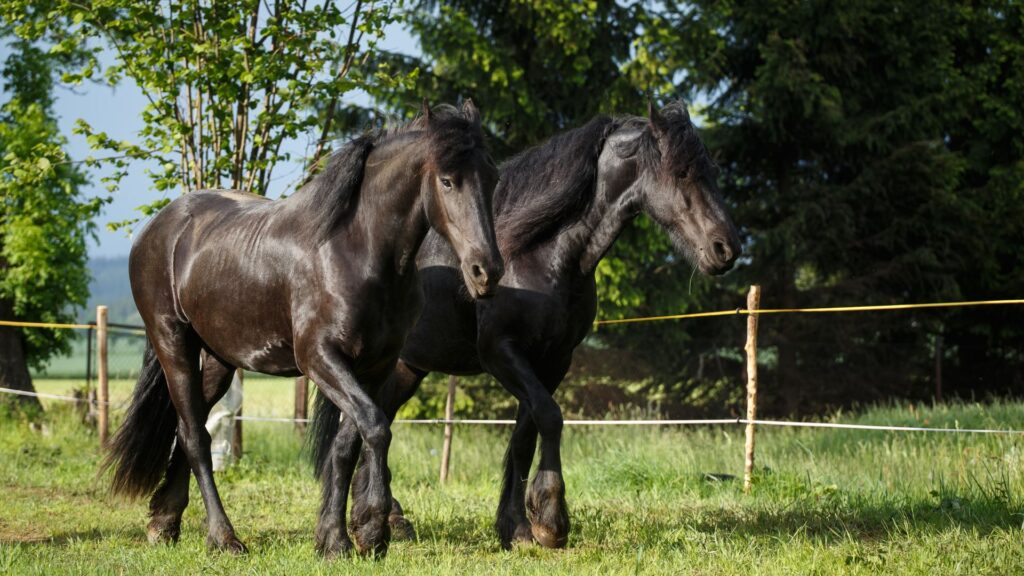
Gentle Giants: Temperament and Behavior
Friesians are as beloved for their temperament as they are for their looks. Often called “gentle giants,” they combine physical strength with a kind, cooperative nature—making them one of the most approachable large breeds in the equine world.
Disposition:
Friesians are known for being calm, intelligent, and eager to please. Most have a strong work ethic and a naturally forward, willing attitude, which makes them suitable for both pleasure and performance riding.
Trainability:
Their intelligence and people-oriented personalities allow Friesians to respond well to consistent, positive reinforcement. They tend to form strong bonds with their handlers and thrive on routine and clear communication.
Suitability for Riders:
While their size may intimidate beginners, Friesians’ even temperaments and reliable responses under saddle or in harness make them a great match for many experience levels—especially when paired with good training. Some lines may be more energetic or sensitive, so matching horse and rider temperament is still key.
Selective Breeding:
The Royal Friesian Studbook (KFPS) emphasizes temperament in its registry evaluations. Horses that show nervous, aggressive, or overly reactive behavior are unlikely to be approved for breeding, helping preserve the breed’s dependable nature.

Versatility in Action: Disciplines
The elegant appearance and expressive movement of Friesians make them standout competitors in the show ring. They excel in harness shows and driving disciplines, thanks to their high-stepping trots and powerful pulling ability inherited from their carriage horse ancestry (learn more about harness racing and sulkies).
In dressage, Friesians shine with their natural balance, willingness, and aptitude for collected movement. Although warmbloods are often considered the best horse breeds for high-level dressage, Friesians bring undeniable presence and charm to the sport, making them popular choices for amateur and professional riders alike.
Beyond competition, Friesians are cherished for pleasure riding, trail outings, parades, and exhibitions, where their calm temperament and stunning looks create a lasting impression.
Training Friesians: Dressage and Driving
Friesians excel in dressage and driving due to their natural balance and willingness. Dressage training typically takes 3–5 years to reach FEI levels, focusing on collection and rhythm (USDF). Driving training emphasizes harness fit and steady trots, often starting at age 3. Use positive reinforcement for their sensitive nature.
Friesians on Screen: Popular Culture & Media
With their striking looks and majestic presence, Friesian horses are natural stars. They have captivated audiences not just in the arena but also in film, television, and popular media, cementing their status as equine icons.
- Hollywood Charm: Friesians frequently feature in historical dramas and fantasy films, often cast as powerful warhorses or elegant steeds. Notable appearances include Ladyhawke, The Mask of Zorro, The Chronicles of Narnia, and Eragon.
- Therapeutic and Exhibition Roles: Beyond film, their calm demeanor makes them popular in therapeutic riding programs and public exhibitions, where their grace and intelligence are showcased to wide audiences.
- Brand Ambassadors: Their distinctive look also makes them sought-after for commercials and promotional events, symbolizing elegance, strength, and classic beauty.
Their inherent charisma ensures Friesians continue to capture hearts, from the silver screen to social media, becoming beloved figures worldwide.

Health Considerations: Genetic Diseases and Problems
Modern purebred Friesian horses descend from a relatively small founding population, a factor that has contributed to their increased risk of certain genetic health issues. Studies on Friesian genetic diversity have highlighted the limited diversity that has contributed to the persistence of inherited disorders in the Friesian breed.
Two of the most recognized genetic conditions affecting Friesians are dwarfism and hydrocephalus, both of which are autosomal recessive disorders. Advances in equine genetics now allow breeders to use DNA testing to identify carriers of dwarfism.
Structural weakness in connective tissues is another area of concern. This vulnerability has been linked to life-threatening conditions such as megaesophagus and aortic rupture. For megaesophagus, feed from elevated platforms to aid swallowing (Ploeg 2015). Monitor for aortic rupture signs (sudden collapse) with regular veterinary exams.
Friesians also exhibit a higher risk for skin conditions like pastern dermatitis and insect bite hypersensitivity, conditions explored in veterinary studies focusing on breed-specific vulnerabilities. Furthermore, reproductive issues are notable; Friesian mares experience an elevated incidence of retained placenta after foaling.

Beyond these structural and reproductive concerns, metabolic health remains an ongoing focus. Friesians appear particularly susceptible to conditions like equine metabolic syndrome, a disorder now better understood through veterinary consensus.
With proper management and informed breeding practices, Friesians can enjoy long, healthy lives — as we’ll explore next.
Care and Management: Ensuring Well-being
Friesians thrive when cared for with attention to their grooming, diet, and exercise needs. Here’s a practical guide to keeping these your horses healthy and happy:
Daily Grooming Checklist:
- Brush the coat daily using a soft-bristle brush to remove dirt, promote circulation, and monitor for health issues (daily grooming tips).
- Carefully detangle the mane and tail from the bottom up to prevent breakage.
- Clean and dry the feathered legs regularly, as moisture trapped in the feathers can lead to pastern dermatitis (Friesian grooming guide).
- Inspect hooves for stones, cracks, or signs of thrush, and clean them out daily with a hoof pick.
Tip: Daily grooming is not just about appearance—it’s a first line of defense against early signs of skin infections, injuries, or nutritional deficiencies.

Monthly Hoof and Veterinary Care Routine:
- Week 1: Schedule a farrier visit for hoof trimming or shoeing as needed.
- Week 2: Check skin, especially in the feathers, for irritation or infection; treat promptly.
- Week 3: Conduct a general health review, noting changes in appetite, energy, or behavior.
- Week 4: Verify that vaccinations, deworming, and dental check-ups are up-to-date (horse care checklist).
Friesians’ heavy feathering and lush coats require dedicated care to maintain their health and iconic look. They are especially prone to skin infections if their feathers stay wet or dirty. Careful grooming and environmental management—like providing dry bedding—are key.
Friesians and Climate Sensitivity
Due to their history in cooler climates, Friesians are sensitive to heat. In warm environments, offer shade, fans, and ample fresh water to prevent overheating (RSPCA horse care advice). In colder regions, protect them from wind and dampness with appropriate shelter.
Finally, regular moderate exercise is critical for their soundness and mental well-being. Even if your Friesian isn’t in full training, consistent movement—whether through light riding, driving, or turnout—helps prevent stiffness, obesity, and behavioral issues.
Nutritional Needs: Fueling Health and Performance
Maintaining a healthy weight is especially important for Friesians, who tend to be easy keepers and are predisposed to connective tissue disorders. While most Friesians meet their basic energy needs on a forage-based diet, careful management of sugar and starch intake is essential to prevent metabolic issues.
A high-quality hay diet, supplemented with a balanced mix of vitamins and minerals, forms the nutritional foundation. Many Friesians also benefit from fat supplements rich in omega-3 fatty acids, such as flaxseed or fish oil, to support joint health, immune resilience, and coat shine.
Because Friesians may be more sensitive to rich pasture grasses, especially in spring, owners should monitor grazing carefully to avoid weight gain and metabolic flare-ups. Year-round access to fresh, clean water and plain loose salt remains essential. Consulting an equine nutritionist can help tailor a feeding program based on your Friesian’s age, activity level, and specific health needs.
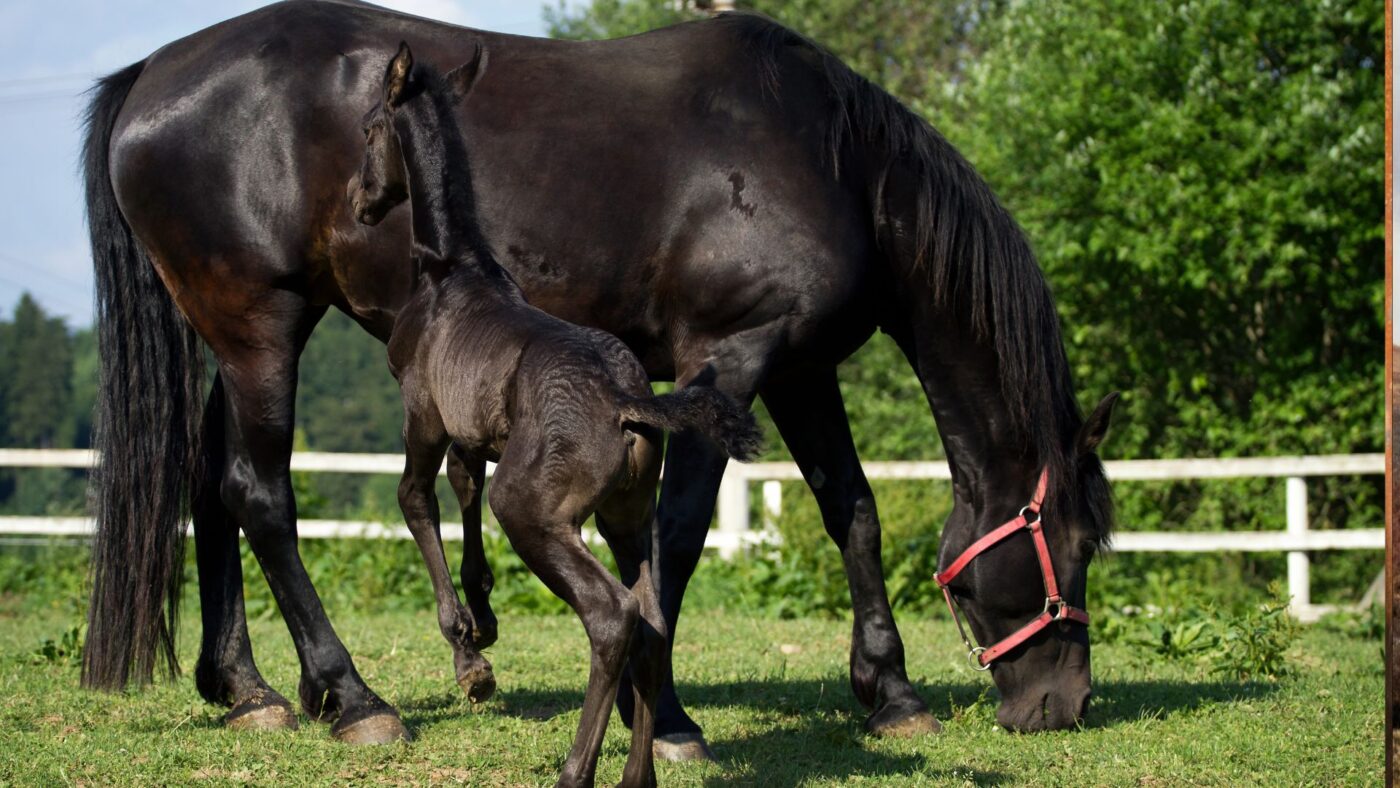
Sample Feeding Plan
- Morning: 10 pounds of high-quality hay + a scoop of a balanced mineral supplement.
- Afternoon: Access to pasture grazing (if available) or an additional 5 pounds of hay.
- Evening: 10 pounds of hay + an omega-3 supplement (if recommended by a veterinarian).
Note: Friesians are easy keepers, so monitor their weight closely. Focus on consistent access to quality forage, rather than high-concentrate feeds (feeding horses hay guide).
Choosing top-quality hay is essential for your horse’s nutrition. Look for hay that is green, leafy, and free of mold and dust (AAEP hay quality guidelines).
The Investment: Cost of a Friesian Horse
Friesian horses represent a significant investment, with prices varying widely based on several key factors. Their unique beauty, versatility, and strict breeding standards contribute to their premium cost compared to many other breeds.
Factors Influencing Friesian Price:
- Age & Training: Young, unbroken Friesians may start around $10,000-$20,000. Fully trained riding or driving horses, especially those with competitive experience, can range from $25,000 to $60,000+, with top-tier competition horses commanding six figures.
- Pedigree & Registration Status: Horses from strong bloodlines with successful ancestors and those fully approved by the KFPS (e.g., “Star,” “Kroon,” or “Model” mares; approved stallions) will be significantly more expensive.
- Conformation & Gaits: Horses exhibiting ideal breed conformation and exceptional gaits will fetch higher prices due to their suitability for show and breeding.
- Health & Genetic Testing: Proof of clear genetic tests for common Friesian disorders (dwarfism, hydrocephalus) adds value and peace of mind.
- Location & Importation: Prices can vary by region, and importing a Friesian from the Netherlands or Europe incurs additional costs (shipping, quarantine, customs).
Beyond the initial purchase, prospective owners should budget for ongoing maintenance, which can be higher due to specialized grooming requirements, potential veterinary needs, and a typically longer lifespan. Always consult a reputable breeder and perform a thorough pre-purchase veterinary exam.
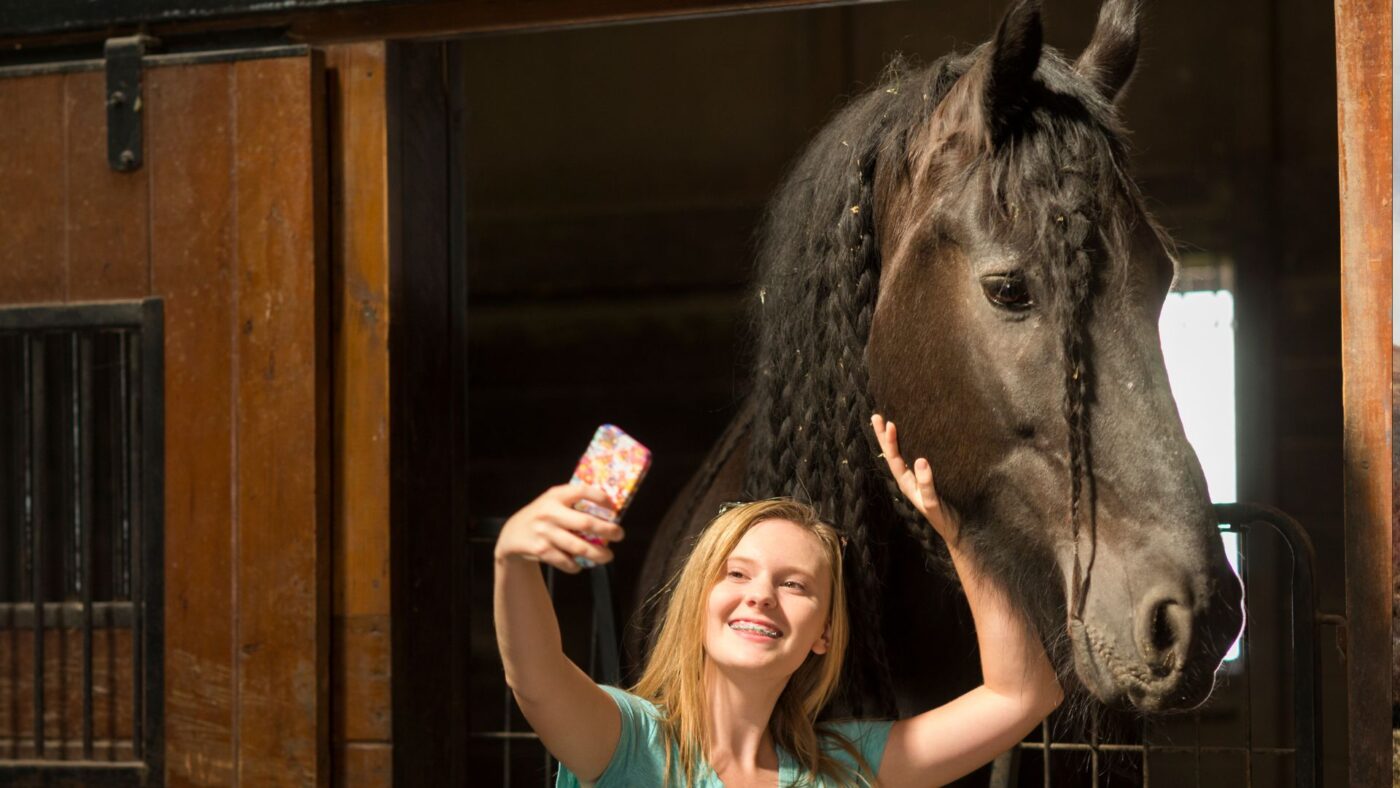
Fact vs. Fiction: Common Friesian Myths & Misconceptions
Friesian horses, with their striking appearance, often inspire a few common misconceptions. Let’s separate the facts from the fiction:
Myth 1: Friesians are “Cold-Blooded” Draft Horses.
- Fact: While Friesians have a sturdy build and feathered legs resembling draft breeds (often termed “cold-bloods”), they are actually classified as warmbloods. They possess the agility and spirited energy more akin to light riding horses, making them highly versatile in performance disciplines like dressage.
Myth 2: Friesians are Always Chestnut-Colored.
- Fact: The Friesian breed standard strictly requires a solid black coat for registration. While a recessive “red gene” can result in chestnut foals, these are generally not accepted into the main studbook and are actively culled from breeding programs to maintain breed purity.
Myth 3: Friesians are Only Good for Driving.
- Fact: While historically popular as carriage horses and excelling in driving disciplines, modern Friesians are highly versatile. They are increasingly popular and successful in dressage, pleasure riding, and even some Western disciplines, demonstrating adaptability beyond harness work.
Myth 4: All Friesians are Prone to Severe Health Issues.
- Fact: Due to a smaller gene pool, Friesians do have a higher predisposition to certain genetic conditions (like dwarfism, hydrocephalus, megaesophagus). However, reputable breeders and organizations actively work to mitigate these risks through genetic testing and selective breeding. With proper care and informed breeding, many Friesians live long, healthy lives.
Frequently Asked Questions About Friesian Horses
Curious about Friesians? Here are answers to some of the most common questions we get about this elegant and versatile breed.
Are Friesian horses suitable for beginners?
Yes, Friesians’ gentle demeanor and willing temperament often make them suitable for beginners and riders of all skill levels. Learn about beginner-friendly breeds.
How long do Friesian horses live?
Most Friesian horses live between 16 and 20 years, which is shorter than average for light horse breeds. This reduced lifespan is mainly due to the breed’s limited genetic diversity and predisposition to health issues like dwarfism, hydrocephalus, aortic rupture, and metabolic disorders.
With excellent care, some Friesians may reach their mid-20s, but this is less common than in hardier breeds. Learn more about equine longevity.
Are Friesians expensive to maintain?
Yes, Friesians require consistent grooming, specialized feeding plans, and routine veterinary and farrier care, making them more costly to maintain compared to some other breeds. Explore a full guide on equine costs.
What makes Friesians unique in dressage?
Friesians stand out in dressage for their naturally arched necks, expressive movement, and elegant presence. Their natural willingness for collection and fluid gaits make them a favorite among amateur and competitive riders alike.
What are the common uses of Friesian horses?
Friesians excel in dressage, carriage driving, show exhibitions, and recreational riding. They are also increasingly popular in therapeutic riding programs and film work due to their calm temperament and striking appearance. Learn more about Friesian versatility.
Conclusion: The Enduring Allure of the Friesian Horse Breed
The Friesian horse, with its rich history, striking beauty, and gentle spirit, continues to captivate horse lovers around the world. From their origins as medieval warhorses to their modern roles in dressage, driving, and companionship, Friesians stand as a timeless symbol of the bond between humans and horses.
By understanding their unique characteristics, health needs, and daily care requirements, owners can help these magnificent animals thrive for generations to come.
Love Friesians? Subscribe to our newsletter for the latest updates, connect with reputable breeders in the Friesian breeder directory, and get our exclusive Friesian care guide — free for readers. Share your thoughts and experiences in the comments below!
By understanding and addressing genetic risks like dwarfism, Friesian enthusiasts can ensure the breed’s health and well-being for generations to come. Tip: For an in-depth understanding of Friesian genetic conditions, see the Genomic Analysis of Hydrocephalus in Friesian Horses.
What’s your favorite Friesian memory? Share it in the comments below or email me at mileshenry@horseracingsense.com.
References
- AAEP: Hay Quality and Nutrition Guidelines
- BEVA: Megaesophagus and Aortic Rupture in Friesians
- FHANA: Friesian Horse Association of North America
- FHANA: KFPS Stud Book Stallions
- FEI: Friesian Breed Profile
- Friesian Horse Society: Friesian History
- KFPS: Koninklijke Vereniging “Het Friesch Paarden-Stamboek” (Official Site)
- Livestock Conservancy: Friesian Breed Profile
- NCBI PMC: Studies on Friesian Genetic Diversity
- Ontario Friesian Horse Association: Early Friesian Depictions
- Ploeg (2015): Challenging Friesian Horse Diseases (Utrecht University)
- RSPCA: Caring for Your Horse Advice
- ScienceDirect: Breed-Specific Skin Vulnerabilities in Friesians
- ScienceDirect: Retained Placenta in Friesian Mares
- SLU Epsilon: Genomic Analysis of Hydrocephalus in Friesian Horses (Herlino 2013)
- UC Davis VGL: Friesian Dwarfism DNA Test
- USDF: Understanding the Training Scale – Rhythm (PDF)
- Wiley Online Library: Equine Metabolic Syndrome
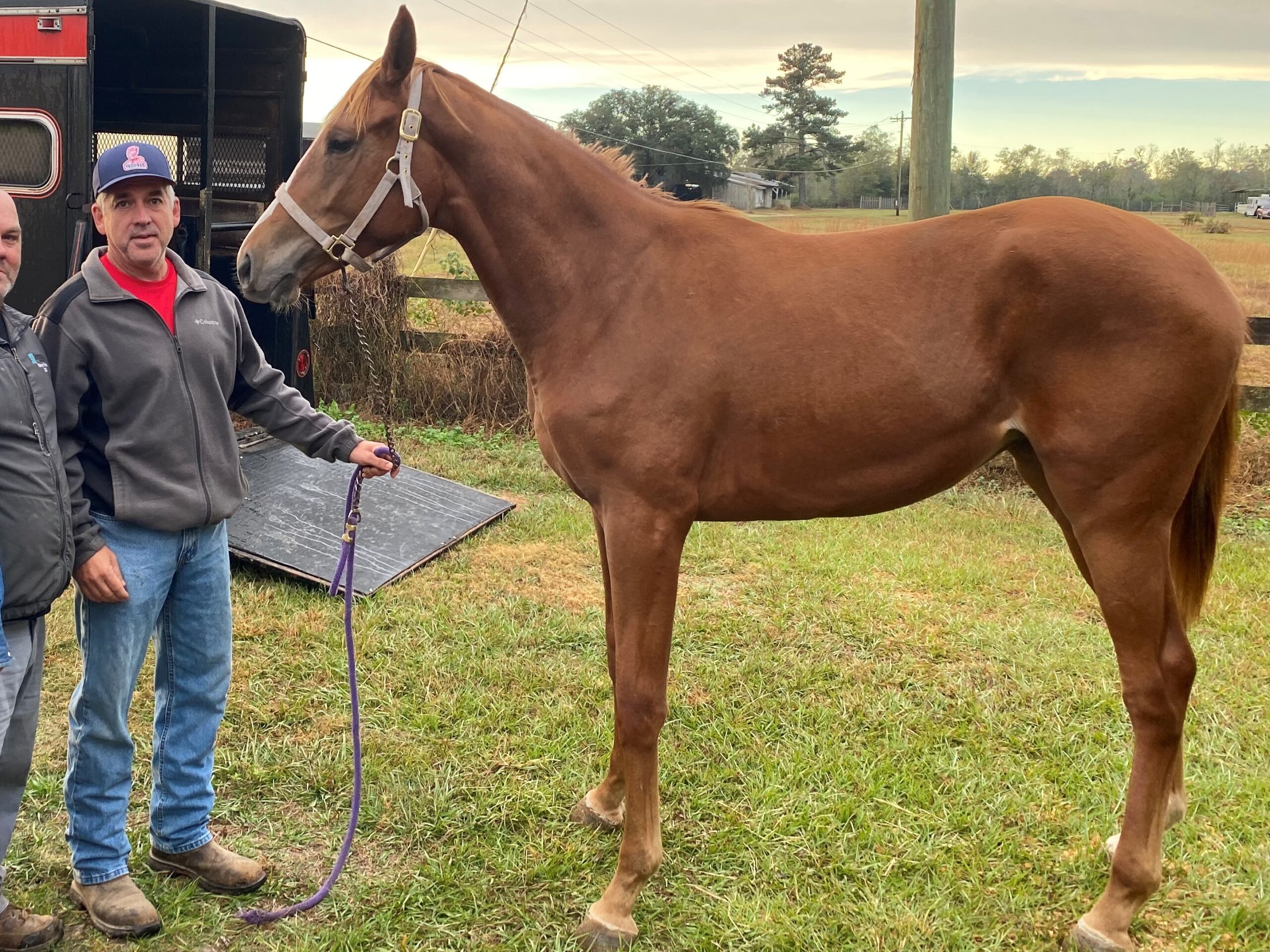
About the Author: Miles Henry
Lifelong Horseman | Racehorse Owner | Published Author
Miles Henry brings over 25 years of hands-on experience training and owning Thoroughbred racehorses. Raised with Quarter Horses and Appaloosas, he’s spent a lifetime learning from horses—on the track, in the barn, and in the field. Today, he runs a small but successful racing stable in Louisiana and shares real-world insights on HorseRacingSense.com, helping horse owners, fans, and bettors navigate the sport with confidence.
📚 Books: View Miles’s books on Amazon »
🎧 Podcast Guest: Animal Tales Ep. 32 |
YouTube Interview
📩 Newsletter: Sign up for racing tips and horse care advice »
🔗 Follow Miles:
Twitter |
Facebook |
YouTube
